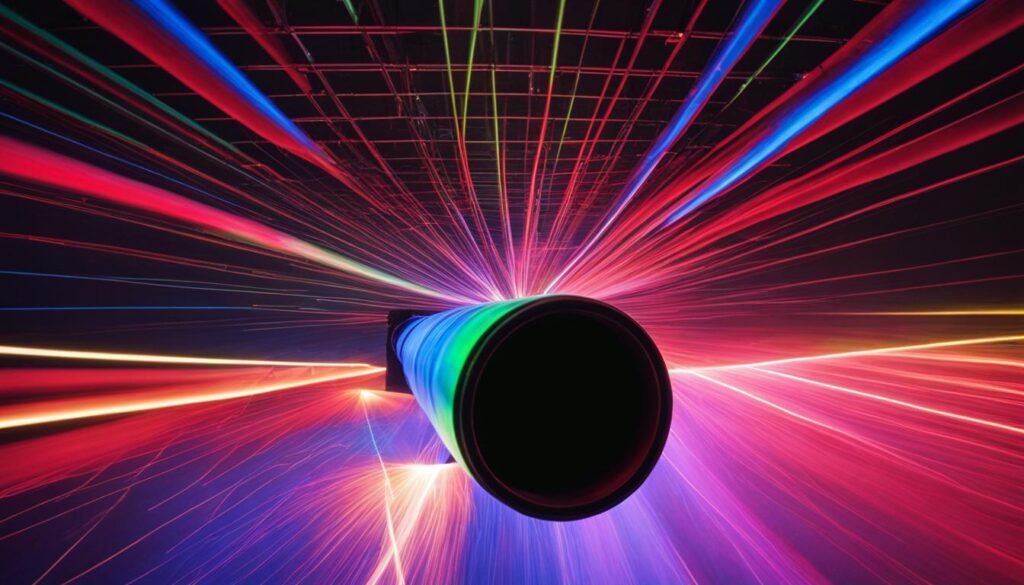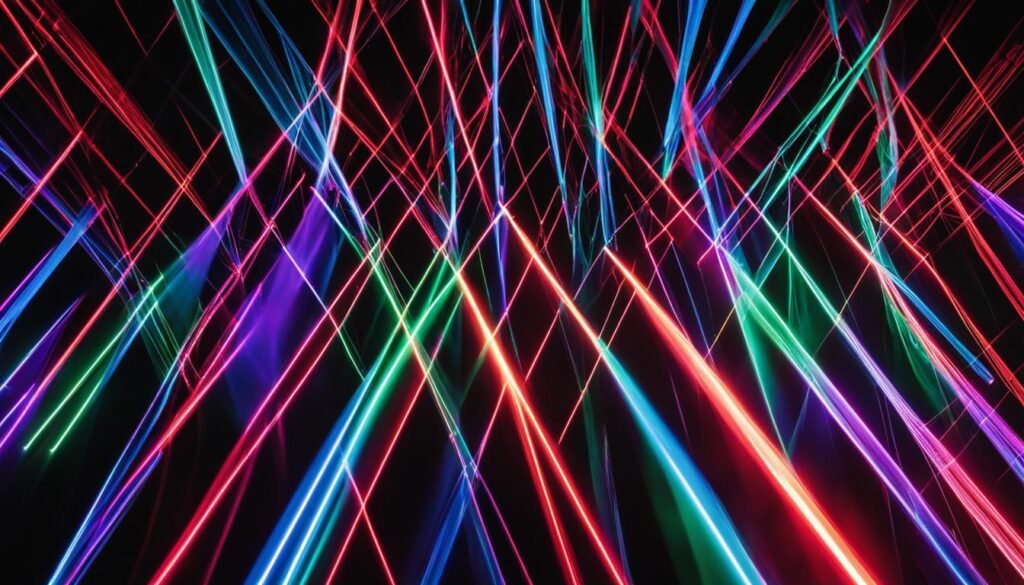Contents

Source: RP Photonics
Exploring Ytterbium Fiber Lasers Emitting at 975 nm
Ytterbium-doped fiber lasers are a fascinating area of study within the field of laser technology. While most Yb-doped fiber lasers operate at wavelengths between 1030 nm and 1100 nm, there is a growing interest in those that emit at 975 nm due to their unique characteristics and potential applications.
Understanding the Basics of Ytterbium Fiber Lasers
Ytterbium fiber lasers operate on a quasi-three-level system, requiring high optical intensities to function effectively. These lasers are known for their strong quasi-three-level effects, which are critical not only for the pump and laser wave interactions but also for managing amplified spontaneous emission (ASE).
Core-Pumped 975-nm Ytterbium Fiber Laser
In a core-pumped configuration, the laser is typically designed with a single-mode gain fiber. The laser wavelength is set at 975 nm, with specific reflectivity at the fiber ends to control the laser and ASE waves. The pump light is absorbed along the fiber length, resulting in a uniform Yb excitation.
Cladding-Pumped 975-nm Ytterbium Fiber Laser
Cladding-pumped lasers use a double-clad fiber, allowing for higher power levels. However, this configuration can be challenging as it requires a longer fiber length to achieve sufficient pump absorption. Despite high pump power, lasing at 975 nm can be difficult due to substantial ASE generation at 1030 nm, where the gain is naturally higher.
Challenges and Solutions
The primary challenge with 975-nm Yb-doped fiber lasers is the high reabsorption at this wavelength, requiring significant Yb excitation for effective lasing. This is particularly problematic in double-clad fibers due to the need for more Yb to absorb the pump light efficiently. Several solutions include using a shorter fiber, accepting lower pump absorption efficiency, or employing a ring-doped fiber to reduce ASE and signal wave coupling.
Managing ASE
ASE is a significant factor in fiber laser performance. In double-clad configurations, ASE is often stronger in the forward direction due to asymmetrical Yb excitation and reflectivity at the fiber ends. This imbalance can prevent effective lasing at 975 nm, favoring ASE at longer wavelengths.
Conclusion
Ytterbium fiber lasers at 975 nm present unique challenges due to reabsorption and ASE dynamics. Understanding these factors is crucial for designing effective laser systems. Simulation models can provide valuable insights into the internal workings of these lasers, offering a transparent view of the processes that occur within the fiber.
As the field continues to evolve, further research and development are needed to optimize these systems and expand their applications in various industries.

Source: YouTube
Feel free to comment your thoughts.



